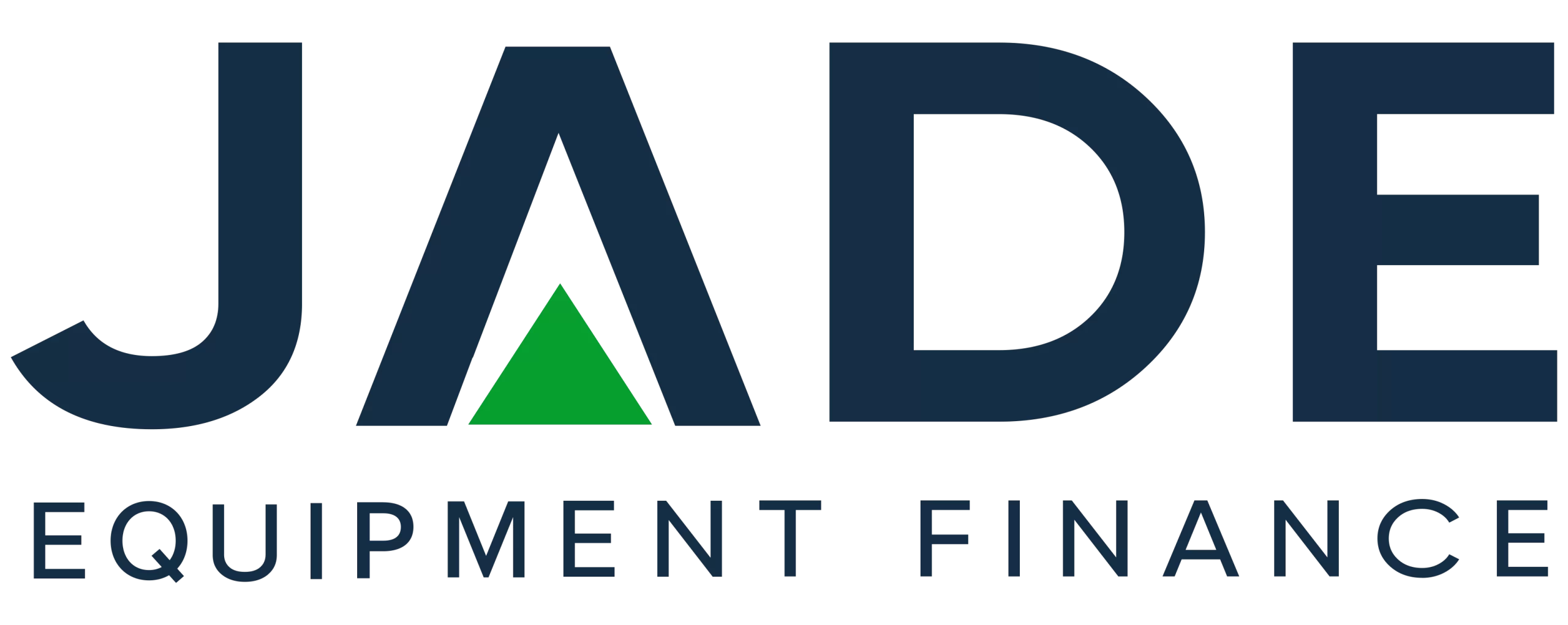When it comes to upgrading or replacing plant, machinery and equipment, there is a lot of planning to be done. Selecting the manufacturer, model, variant and scheduling the commissioning and installation in some cases. To make those decisions, business owners usually know what they want or need for their own operation. But that is only one side of the process. The other aspects of planning involve the equipment finance.
Knowing what could be ahead for the business may greatly assist the equipment finance process in regards to future workflow, what repayments will work with projected turnover, what terms to request and importantly, what could happen with interest rates.
With the lack of a crystal ball, business owners can utilise the data on the economy as released by the Australian Bureau of Statistics (ABS). The latest sets of data have recently been released which provide information on the economy, GDP, inflation and the residential construction sector. We’ve summarised some of the key points.
January Inflation Rate
According to figures released by the ABS, the rate of inflation fell in January to 7.4% from the 8.4% recorded in December. While a positive sign, the ABS noted that this annual increase in inflation is the second largest increase since these monthly data sets have been reported – September 2018.
The ABS notes that inflation is continuing. Housing, food and recreation and culture were noted as the largest contributors to the rate. In the housing area it was rents and construction of new dwellings which showed the largest price increases. In the food sector, fruit and vegetables actually dropped slightly for the period. In the area of recreation and culture, prices for holiday accommodation and travel were the biggest contributors.
Economic Update
The ABS also posted the economic data sets for the quarter ending 31 December which include the latest figures for GDP. The figures show the economy slowed with 0.5% growth for the quarter. As an added bonus for those wanting to easily interpret what’s happening in the Australian economy, the ABS has provided a summary of the key things that happened.
A list of 12 things that happened in the last quarter of 2022.
The list includes:-
- Five consecutive quarters of growth following the lockdown periods.
- International trade driving growth.
- Price pressure continues with biggest increase in annual inflation for over 30 years. Inflation being driven predominantly by electricity and by travel and accommodation for holidays.
- While spending by consumers was strong, an easing in spending on discretionary goods was seen. December saw a drop in retail sales.
- Increase in investment in new dwellings of 1.4%. This was offset by a 4.2% fall in investment for alterations and additions.
- Mining production grew for the third quarter in a row.
- Domestic manufacturing fell by 1.8%.
- Travel and coal driving exports.
- Productivity slumped.
Refer to the full list for more ‘things’ and further detail.
Building Approval Data
The ABS regularly release the data for the building and construction sector and the most recent figures are for the residential sector. The ABS reports that private house approvals are now at the lowest for 10 years. An increase of 15.3% in December was followed by a fall of 27.6% in January. Those are the figures for total dwelling approvals.
Daniel Rossi, the ABS Head of Constructions Statistics, reported that approvals for private sector houses fell 13.8% in January. The fall is the fifth consecutive. When houses are excluded from the private sector dwelling number, the fall was 40.8%. This follows an increase of 41.9% for December.
The data is broken down by state with Queensland being the only state to record a rise in total number of approvals. Approvals for apartment developments accounted for the 25.6% increase in Queensland. All states recorded a fall in approvals for private sector houses.
Equipment Finance
Utilising the latest economic data may assist business owners in formulating how best to structure equipment finance to work with the projected outlooks. At the moment, inflation is the big data to watch as it is key to the interest rate decisions made by the Reserve Bank of Australia which are then felt across the lending sector.
The Treasurer and the RBA have both commented that it looks like inflation did peak in December. Whether this fall results in the RBA holding rates steady is yet to be seen. In February the Board did say that more rate rises were likely to be required.
Despite the run of rate rises, we still continue to achieve cheaper interest rates on equipment finance across our loan portfolio. When using Jade to source your finance, our consultants negotiate with our lenders to achieve the best outcome with finance terms, loan amount approved and balloon/residual. Outcomes which can be critical to the acquisition decision delivering ROI and a positive result for profitability and productivity.
For further assistance when planning acquisitions with equipment finance, contact Jade Equipment Finance on 1300 000 003
DISCLAIMER: IF MISINTERPRETATIONS, MISREPRESENTATION OR ERRORS EXIST IN THIS ARTICLE, NO LIABILITY IS ACCEPTED. THE INFORMATION IS PROVIDED ONLY FOR GENERAL PURPOSES AND NOT IN ANY MANNER INTENDED AS THE ONLY SOURCE FOR MAKING FINANCIAL DECISIONS. THOSE THAT CONSIDER THEY REQUIRE ADDITIONAL GUIDANCE OR ADVICE SHOULD REFER TO AN INDEPENDENT FINANCIAL ADVISOR.


